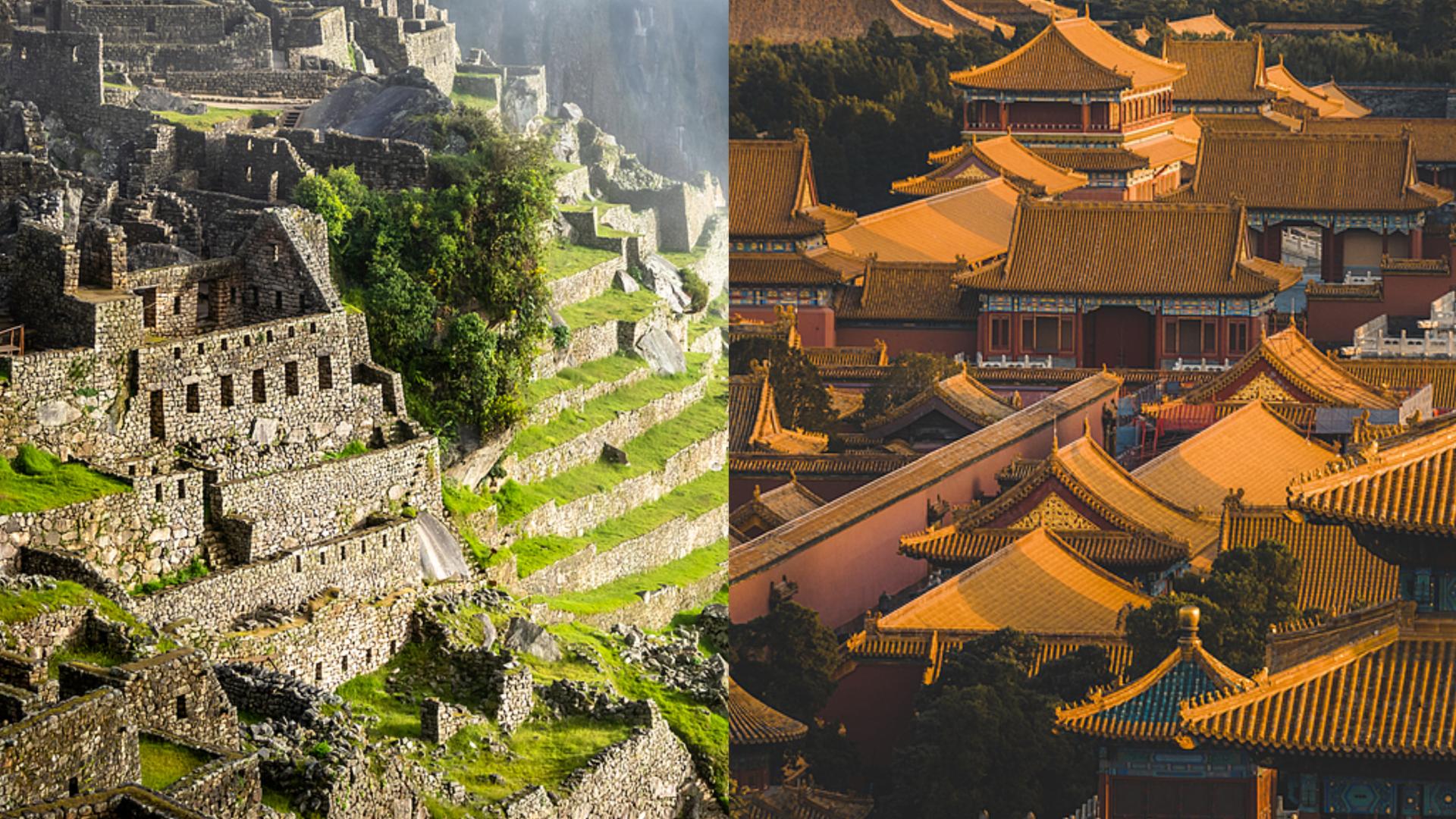Journey Through History: Exploring Ancient Secrets from Machu Picchu to Beijing's Architectural Marvels
China grants visa-free entry to Peruvian and South American travelers, bringing ancient civilizations closer than ever.

China's recent decision to offer visa-free travel to Peruvian citizens and travelers from several other South American nations is expected to bring the world's great ancient civilizations closer together than ever before. For explorers and heritage enthusiasts, the move unlocks new opportunities to journey directly from the majestic citadels of the Andes to the grand imperial palaces of East Asia—making cross-continental cultural discovery more accessible, efficient, and inspiring.
High in the Andes Mountains, Machu Picchu rises from misty peaks as a mesmerizing remnant of the Inca Empire. Recognized as both a UNESCO Cultural and Natural World Heritage Site, Machu Picchu captivates with its harmonious blend of breathtaking vistas and ingenious construction. Here, stone walls interlock so precisely that no mortar was necessary—demonstrating astonishing engineering skill that has endured for centuries. At the heart of the site is the mystical Intihuatana, or "Hitching Post of the Sun," which is widely believed to have served as a sacred astronomical instrument, enabling its ancient architects to observe celestial movements and mark key seasonal transitions. This stone marvel illustrates the Incas’ profound connection to both the earth and the heavens above.
Across the Pacific, in the heart of Beijing, stands another masterpiece of human creativity: the Forbidden City. Once the seat of China's imperial dynasties, this sprawling compound is hailed for its elegant wooden architecture, vast courtyards, and rich layers of symbolism embedded within every structure and ornament. The Forbidden City is not only an enduring emblem of China’s cultural heritage but also a powerful reminder of how societies have long used architecture and art to express their values, cosmology, and vision of order.
Within the forbidding walls of this historic palace complex lies an object that echoes Machu Picchu's astronomical legacy: the ancient sundial. Used by royal astronomers to measure time and track the solar calendar, the sundial underscores humanity’s age-old desire to chart the passage of days and align life with the cosmos. Just as the Intihuatana at Machu Picchu helped the Inca mark the solstices, the Forbidden City's sundial reflects centuries of reverence for celestial phenomena and the intricate ways civilizations have sought to synchronize earthly affairs with the movements of the sun.
With easier travel now bridging the distance between these spectacular sites, visitors from both regions can experience firsthand the parallels and unique achievements of two remarkable cultures. From the stone terraces of Machu Picchu to the storied halls of the Forbidden City, the journey offers a fresh perspective on how ancient peoples shaped their worlds in stone and shadow—each leaving behind legacies that continue to inspire, teach, and connect humanity across continents and generations.




